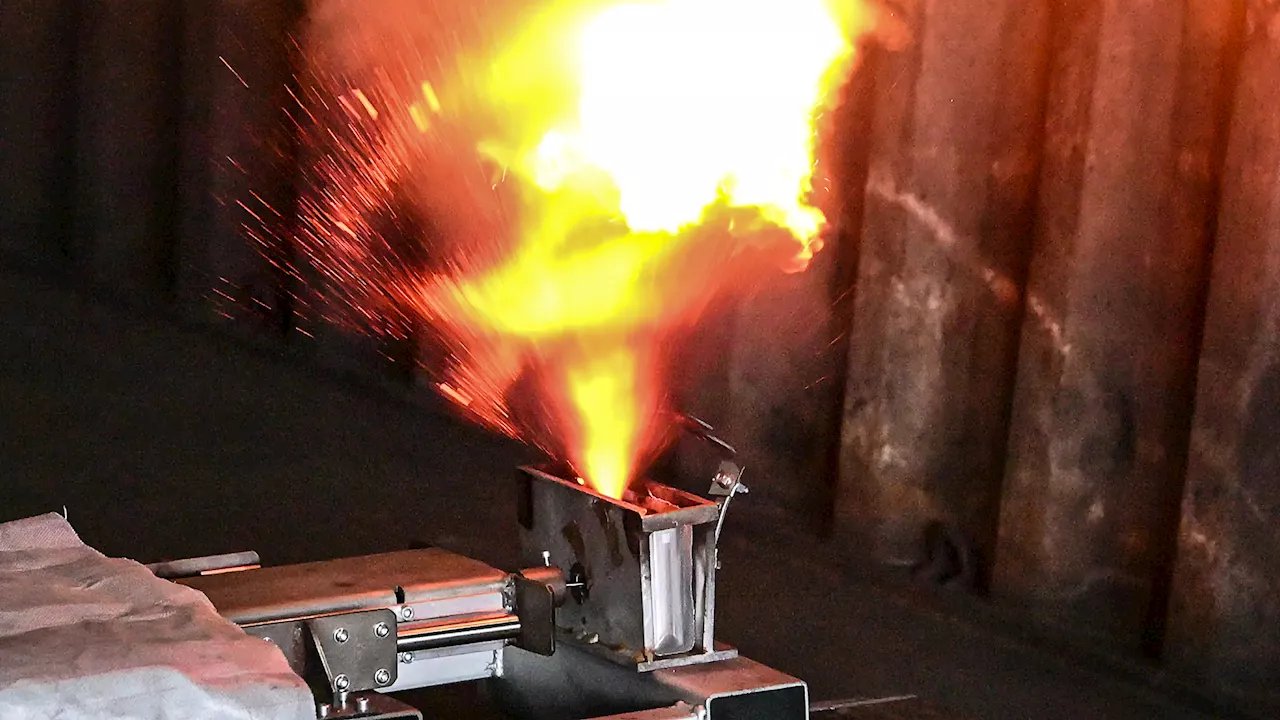As wildfires rage in Southern California, an unknown number of lithium-ion batteries, found in everyday devices like AirPods and Tesla Cybertrucks, are fueling the flames and releasing toxic chemicals into the air. Researchers argue that flame retardants added to these batteries may not be effective in preventing fires and could be making the situation worse by releasing harmful toxins.
ArticleBody:As wildfires devastated communities in southern California over the past three weeks, an unknown number of highly combustible lithium-ion batteries found in everything from Apple AirPods to Tesla Cybertrucks were engulfed in flames and released dangerous chemical pollutants into the air. Many batteries, particularly in E-Bikes and other products with plastic recharge battery enclosures, have flame retardants added to their outer coatings in an effort to limit their flammability.
“When you have a wildfire that goes over an urban area, there's just a whole wide mixture of things that are burning,” Jahl said. “The battery enclosures and all the plastic in people's homes, all of that can get mixed into that terrible plume of wildfire smoke.” Ubiquitous batteries are making natural disasters even tougher to fight The sheer amount and growing size of lithium-ion batteries used everyday by consumers are making already deadly natural disaster events more complex.
WILDFIRES LITHIUM-ION BATTERIES FLAME RETARDANTS TOXIC CHEMICALS ENVIRONMENTAL HEALTH
United States Latest News, United States Headlines
Similar News:You can also read news stories similar to this one that we have collected from other news sources.
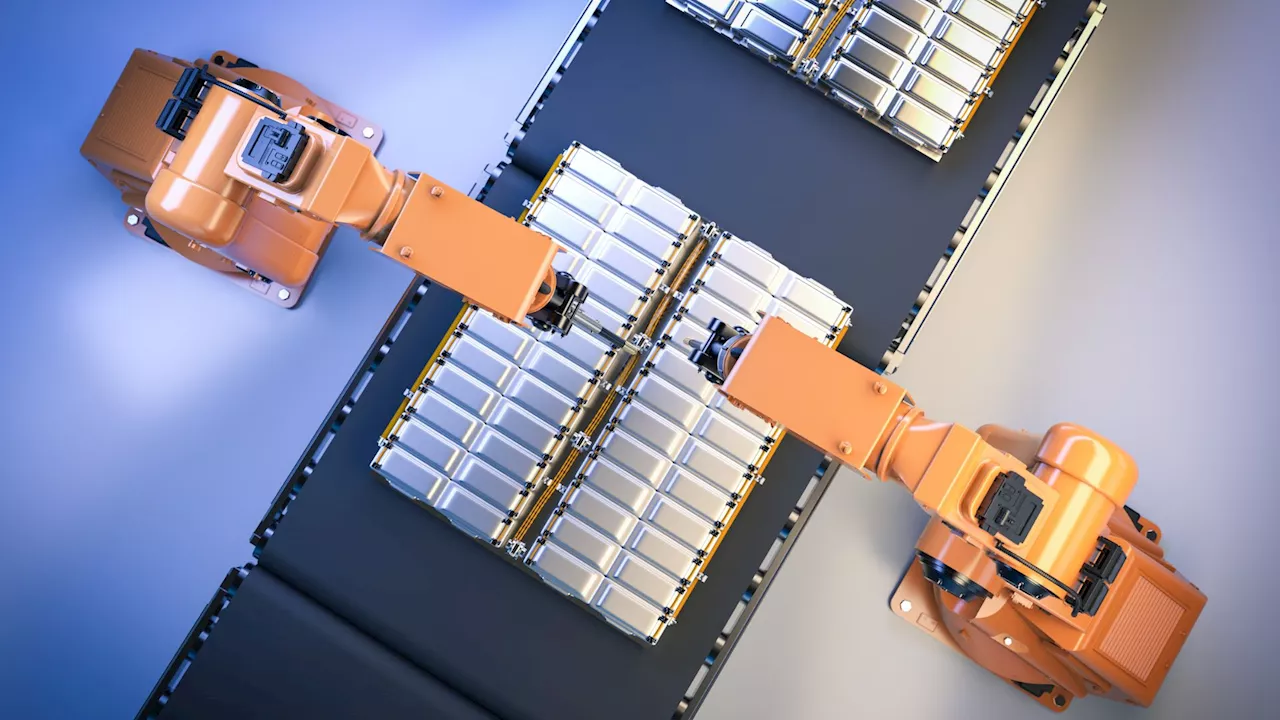 New Coating Enables Lithium-ion Batteries to Operate at Higher VoltagesResearchers at the Paul Scherrer Institute (PSI) have developed a novel surface coating that allows lithium-ion batteries to operate at higher voltages, potentially increasing energy density and performance for electric vehicles.
New Coating Enables Lithium-ion Batteries to Operate at Higher VoltagesResearchers at the Paul Scherrer Institute (PSI) have developed a novel surface coating that allows lithium-ion batteries to operate at higher voltages, potentially increasing energy density and performance for electric vehicles.
Read more »
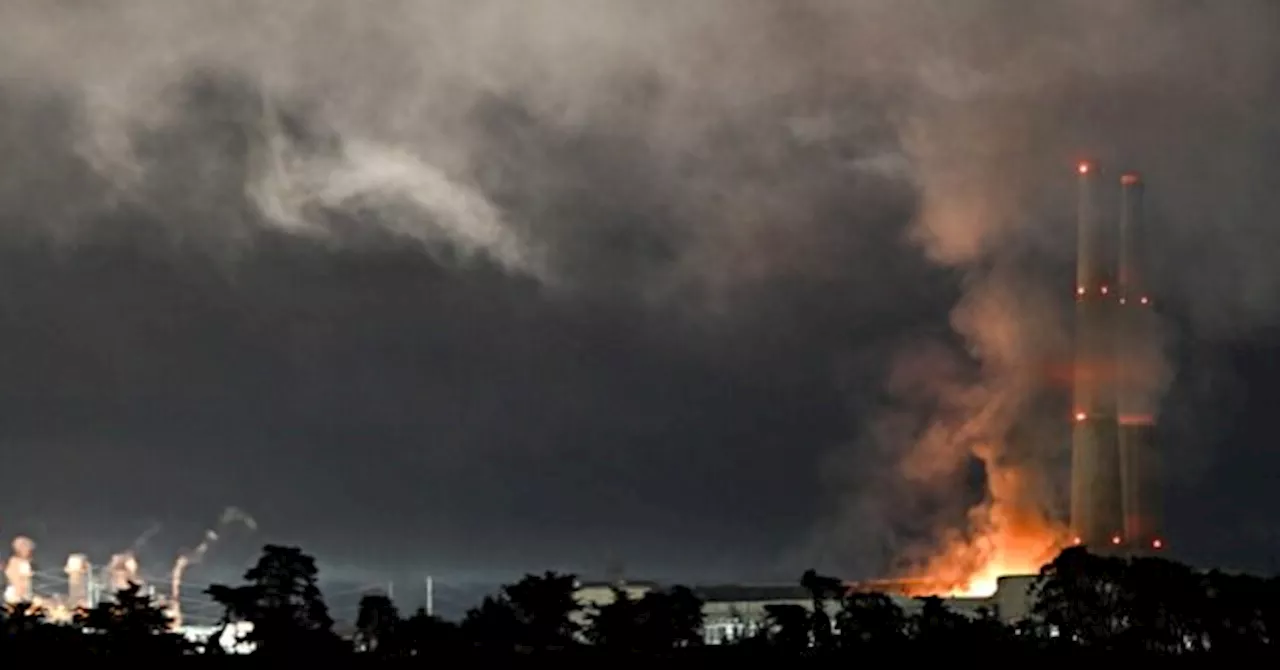 Massive Fire Engulfs Californian Power Plant With Lithium-Ion BatteriesA large fire erupted at the Moss Landing power plant in California, threatening one of the world's biggest battery energy storage facilities. The blaze, which began in a building housing lithium-ion batteries, prompted evacuations in the surrounding area. Fire officials are allowing the building and batteries to burn, despite the potential for an extremely difficult-to-extinguish fire. Hundreds of people have been evacuated, and a section of Highway 1 has been closed.
Massive Fire Engulfs Californian Power Plant With Lithium-Ion BatteriesA large fire erupted at the Moss Landing power plant in California, threatening one of the world's biggest battery energy storage facilities. The blaze, which began in a building housing lithium-ion batteries, prompted evacuations in the surrounding area. Fire officials are allowing the building and batteries to burn, despite the potential for an extremely difficult-to-extinguish fire. Hundreds of people have been evacuated, and a section of Highway 1 has been closed.
Read more »
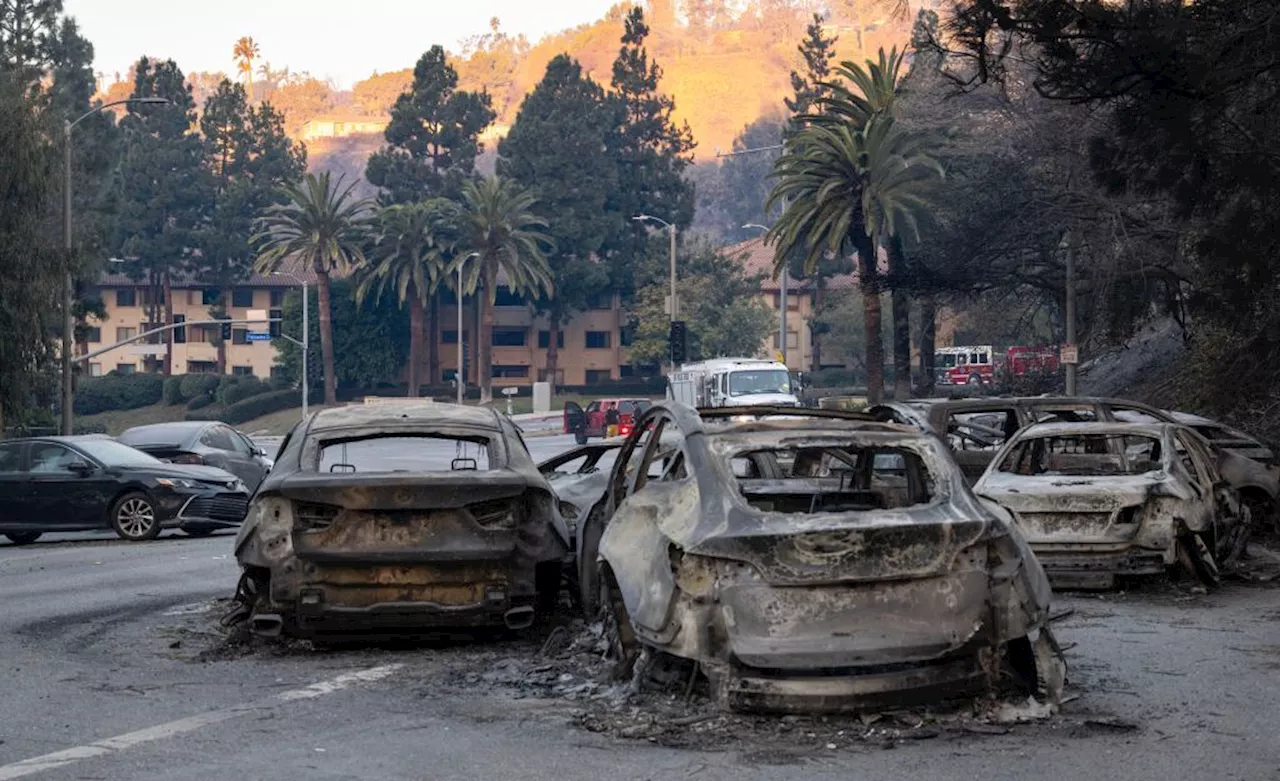 Lithium-Ion Batteries Complicate Cleanup Efforts After California WildfiresThe recent wildfires in California have caused extensive damage, with thousands of homes destroyed. Cleanup efforts are being hampered by the presence of burnt-out lithium-ion batteries from electric and hybrid vehicles, as well as home battery systems. These batteries pose a significant risk due to their toxic materials and require specialized removal, delaying the return of fire victims to their properties.
Lithium-Ion Batteries Complicate Cleanup Efforts After California WildfiresThe recent wildfires in California have caused extensive damage, with thousands of homes destroyed. Cleanup efforts are being hampered by the presence of burnt-out lithium-ion batteries from electric and hybrid vehicles, as well as home battery systems. These batteries pose a significant risk due to their toxic materials and require specialized removal, delaying the return of fire victims to their properties.
Read more »
 Korean Researchers Develop High-Capacity Lithium-Sulfur Batteries for Urban Air MobilityResearchers at the Korea Electrotechnology Research Institute (KERI) have overcome a major hurdle in lithium-sulfur battery technology, paving the way for their use in urban air mobility (UAM). The team developed large-area, high-capacity prototypes that address the issue of polysulfide shuttling, a key challenge hindering the performance and lifespan of these batteries.
Korean Researchers Develop High-Capacity Lithium-Sulfur Batteries for Urban Air MobilityResearchers at the Korea Electrotechnology Research Institute (KERI) have overcome a major hurdle in lithium-sulfur battery technology, paving the way for their use in urban air mobility (UAM). The team developed large-area, high-capacity prototypes that address the issue of polysulfide shuttling, a key challenge hindering the performance and lifespan of these batteries.
Read more »
 NYC Firefighters Encounter Frozen Hydrant, E-Bikes, and Lithium-ion Batteries After Flushing FireNew York City firefighters responded to a fire in the Flushing section of Queens on Friday morning, encountering a frozen hydrant, multiple e-bikes, and lithium-ion batteries. The FDNY shared details about the incident.
NYC Firefighters Encounter Frozen Hydrant, E-Bikes, and Lithium-ion Batteries After Flushing FireNew York City firefighters responded to a fire in the Flushing section of Queens on Friday morning, encountering a frozen hydrant, multiple e-bikes, and lithium-ion batteries. The FDNY shared details about the incident.
Read more »
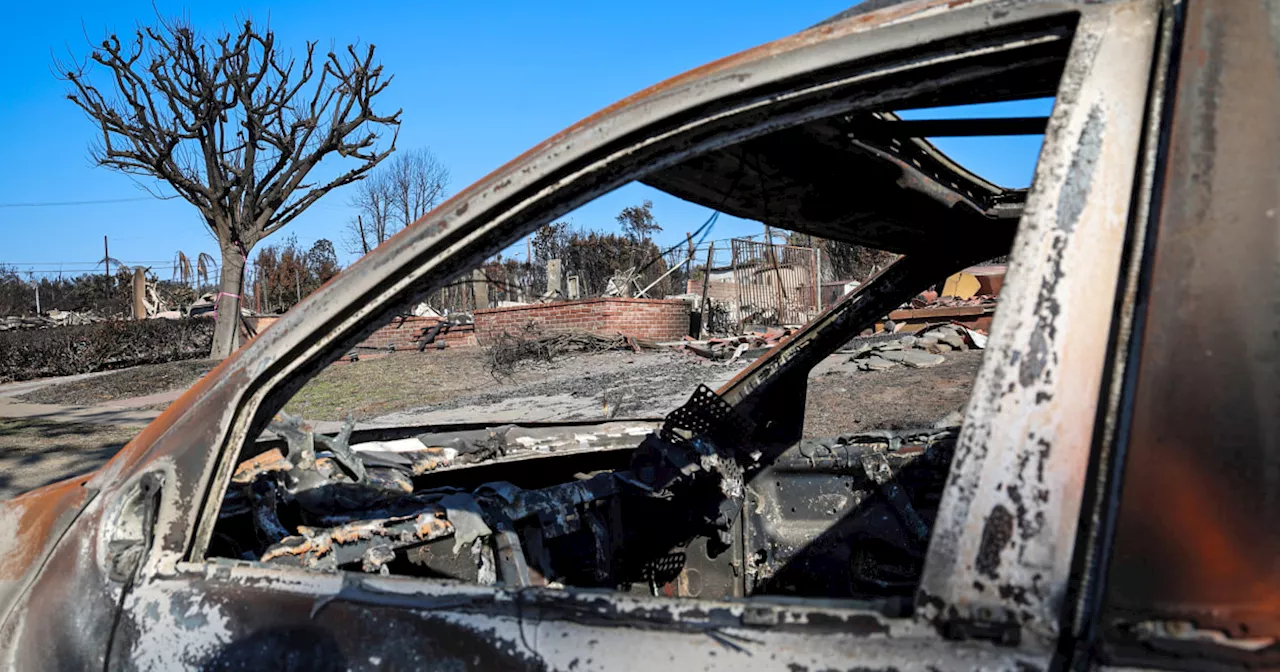 Wildfire Debris Cleanup in Los Angeles Faces Challenge with Large Number of Damaged Lithium-ion BatteriesCleanup efforts in Los Angeles neighborhoods ravaged by wildfires are encountering a major hurdle: the widespread presence of damaged lithium-ion batteries. These batteries, found in electric vehicles, power banks, and various electronic devices, pose a significant fire hazard when damaged. The EPA is deploying specialized teams to safely collect and neutralize these batteries, a process expected to take months.
Wildfire Debris Cleanup in Los Angeles Faces Challenge with Large Number of Damaged Lithium-ion BatteriesCleanup efforts in Los Angeles neighborhoods ravaged by wildfires are encountering a major hurdle: the widespread presence of damaged lithium-ion batteries. These batteries, found in electric vehicles, power banks, and various electronic devices, pose a significant fire hazard when damaged. The EPA is deploying specialized teams to safely collect and neutralize these batteries, a process expected to take months.
Read more »
